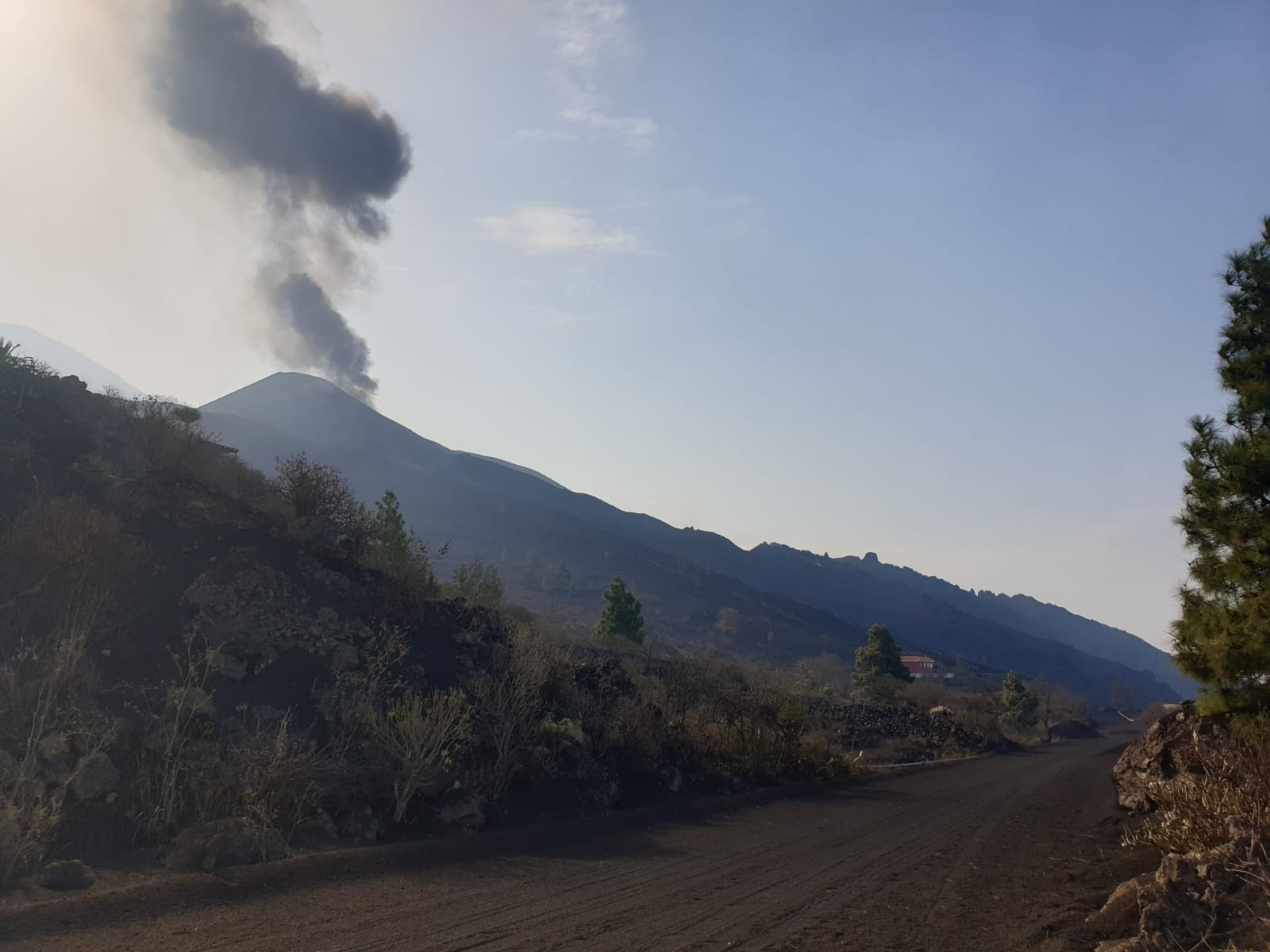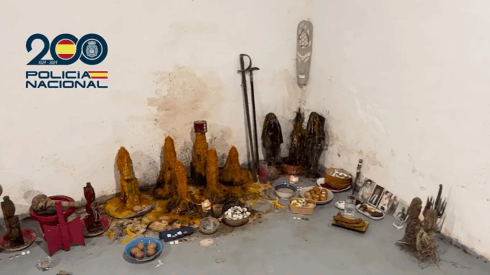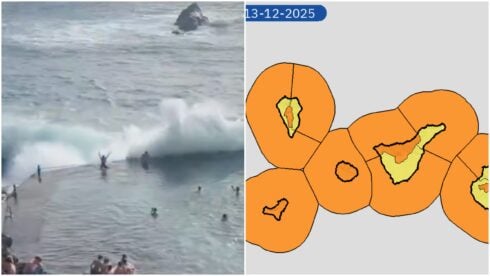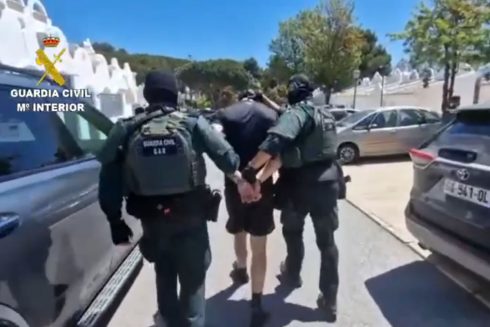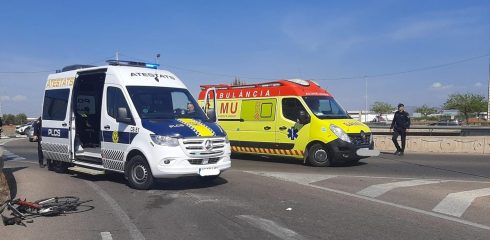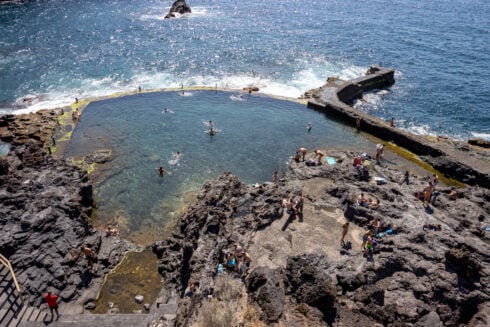Stunning waterfalls and springs, natural parks and deserted beaches, well-preserved cultural heritage and local cuisine, and star-dotted night skies. Anyone who has visited the Canary Island of La Palma will know that it lives up to its nickname of ‘La Isla Bonita’, or ‘The Beautiful Island’, with 706 square kilometres of territory to explore and activities such as diving, hiking and boat trips to enjoy.
But on September 19, 2021, a volcanic eruption began on the island that would last for nearly three months, claiming one life, causing just under €1 billion of damage, destroying thousands of homes, dozens of kilometres of roads and around 370 hectares of crops.
The volcano also had a devastating effect on La Palma’s tourist industry. But more than 18 months after the natural phenomenon first began, the Canary Island is welcoming visitors back with open arms.
The Canary Islands Tourism board is currently running a raffle with 8,000 tourism vouchers worth €250 each up for grabs for residents of Spain, with the first draw to take place on April 27. (See below for how to enter.)
The participating companies where the lucky winners can spend their vouchers include accommodation businesses, restaurants, hotels, cafés and active tourism companies.
Some 188 companies have signed up, including 180 from last year and seven new firms. A further 13 are pending confirmation.
The idea of the promotion, according to the Canary Islands Tourism board, is to ‘reactivate the local economic fabric’ in the wake of the volcanic eruption.

This is the second year of the promotion, with 12,000 vouchers spent in 2022. The scheme injected some €3 million into the island’s economy, not including the additional vacation spending by the lucky winners and their travel companions.
‘From the outset, we committed to turning the destruction and losses caused by the volcano eruption into opportunity and gain,’ explain sources from the Turismo de Islas Canarias, which is under the authority of the Canaries’ regional tourism department. ‘This is why, together with the central government, we launched promotions such as the tourism vouchers.’
Rather than scaring people off, the volcanic event has actually served to draw attention to La Palma as a destination.
‘After the worst of the eruption had passed, there was a great deal of interest in visiting the island,’ the board explains.
But the damage to the island took its toll: the volcano destroyed vacation accommodation including rural properties, while access to apartments in the centre of Puerto Naos is still limited given that the area is yet to reopen due to the effects of the volcano.
‘This has meant that more than 4,000 tourist beds are out of the market, which in turn makes it difficult for the time being to recover international air connectivity with this island,’ the board explains.
The reason for this is that the lower supply of accommodation makes La Palma an unprofitable destination for tour operators. As a result, the tourism board is focusing on places where there is currently high demand, such as among residents of the peninsula and the other Spanish islands – hence the voucher scheme.
The initiatives by the tourism authorities are having a noticeable effect: La Palma saw an average occupancy rate of 79% during Easter week.
The Spanish tourists who come to the Canary Islands are described by the tourist board as ‘very loyal’, as seven out of 10 of them have visited the islands before.
‘They are travellers who are interested in the experiences offered by our archipelago, as they like to explore the islands on their own, as well as enjoy our rich gastronomy, and value the natural spaces and the practice of outdoor activities, which places the Canary Islands in a strong position compared to its competitors, especially in the winter season,’ the board explains.
‘Meanwhile, we are not giving up on foreign markets and are working to increase international connectivity,’ the sources add.
To meet this goal, €3.6 million of funds, co-financed with the secretary of state for tourism, have been earmarked for the creation of 18 new air routes in 2023 and 2024.
The high season for foreign visitors, meanwhile, is in the winter months from November to March, when ‘European citizens seek to escape the low temperatures and rain in their countries.
‘In these months we continue to lead the way not only because of our well-known natural and climatic attributes, but also because issues such as security, trust and European service standards continue to be important in the choice of a destination,’ the board explains.
How to apply for the voucher draw
Anyone who is a resident of Spain or even one of the other Canary Islands can enter the draw for the vouchers.
To do so, you should head to this webpage (which is only available in Spanish) and enter your personal details.
You are then likely to receive an email requesting that you send either your certificado de empadronamiento (i.e. proof that you are registered with your local town hall as a resident) or your residency card.
Once you have attached and sent a scanned copy or photograph of these documents, you will be entered into the draw once they have been checked. You can head to this page to check that you have been correctly entered into the draw, as well as to see if you are one of the lucky winners after they are picked on April 27 or May 24.
Read more:
- Police save cat overcome by toxic fumes from volcano in La Palma on Spain’s Canary Islands
- The La Palma volcano claims its first victim
- 10,000 tourists expected to flock to La Palma to see the volcano over Spain’s long weekend
Click here to read more Canary Islands News from The Olive Press.

